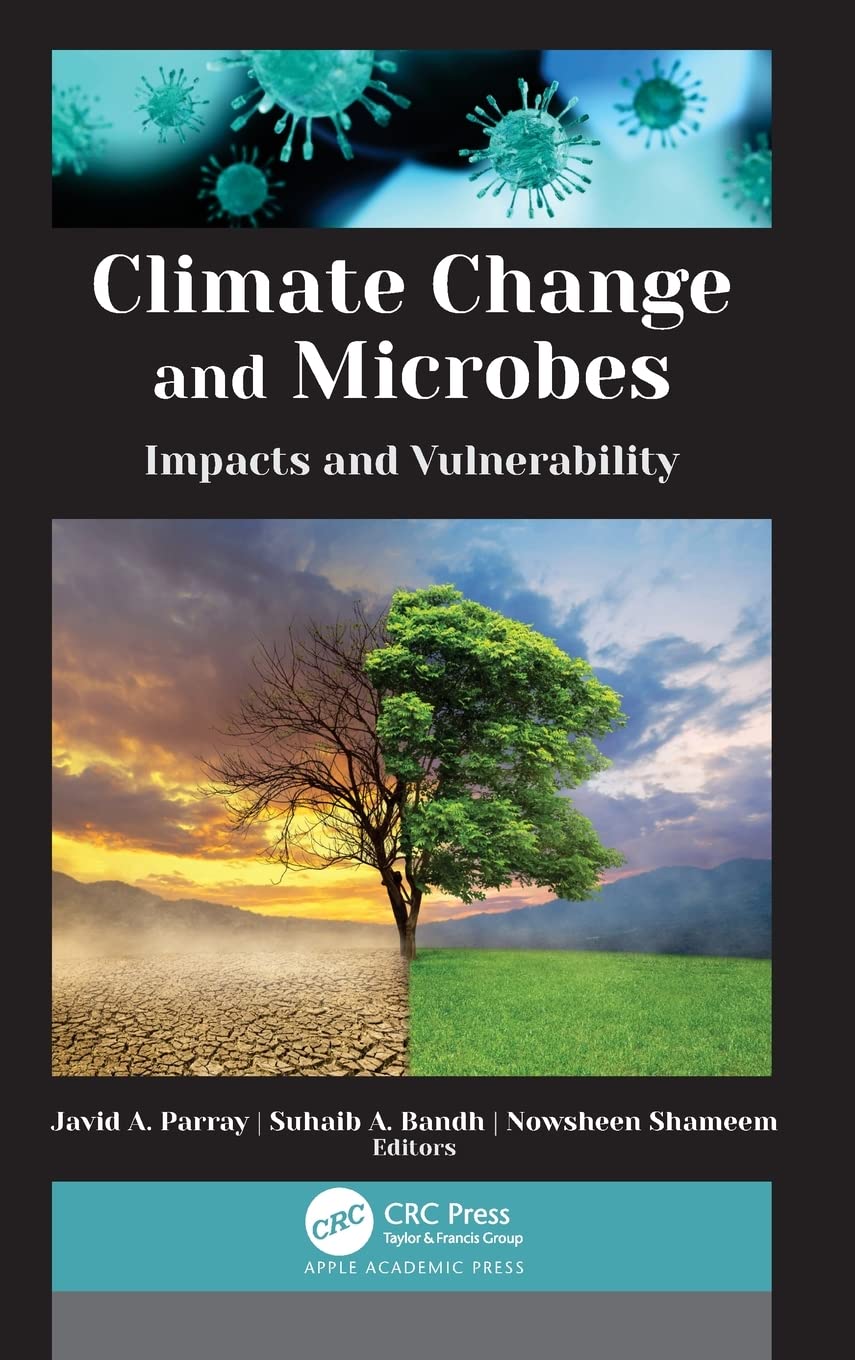

Most ebook files are in PDF format, so you can easily read them using various software such as Foxit Reader or directly on the Google Chrome browser.
Some ebook files are released by publishers in other formats such as .awz, .mobi, .epub, .fb2, etc. You may need to install specific software to read these formats on mobile/PC, such as Calibre.
Please read the tutorial at this link: https://ebookbell.com/faq
We offer FREE conversion to the popular formats you request; however, this may take some time. Therefore, right after payment, please email us, and we will try to provide the service as quickly as possible.
For some exceptional file formats or broken links (if any), please refrain from opening any disputes. Instead, email us first, and we will try to assist within a maximum of 6 hours.
EbookBell Team

4.1
20 reviewsThis book provides an enlightening picture of the role of microbes for sustaining life systems and how climatic factors will change the course of the processes.Climate Change and Microbes: Impacts and Vulnerabilityexplores the little-addressed issue of the effects of climate change on microbial ecosystems and the influence of climate change on microbiome diversity across various habitats and regions. Recent years have seen the evidence that microbial communities are neither immune to disruption nor do they have the capacity to recover completely after a stressful climate event. This volume documents the important role of microorganisms as climate engineers and considers mitigation and adaptation strategies as well. It goes on to present the research that addresses a diverse array of topics on the impact of climate change on plant-microbe interactions and microbial aquatic life and change-induced aggravations in microbial populations and processes. The book also addresses microbial foodborne diseases resulting from challenging climates. Other topics include algae as indicators of climate change and strategies for facilitating sustainable agro-ecosystems. This book will be immensely helpful in the study of plant microbiology, agricultural sciences, biotechnology, climate science, and environmental microbiology. It will also be applicable to the field of microbial biotechnology, agricultural, and other life and environmental sciences.